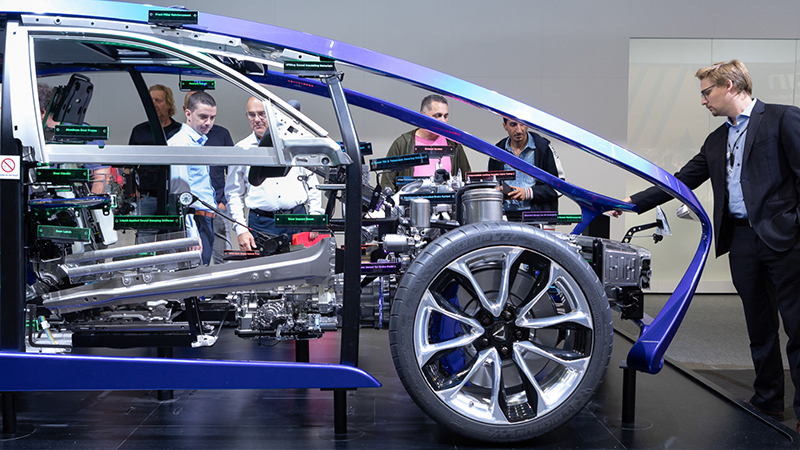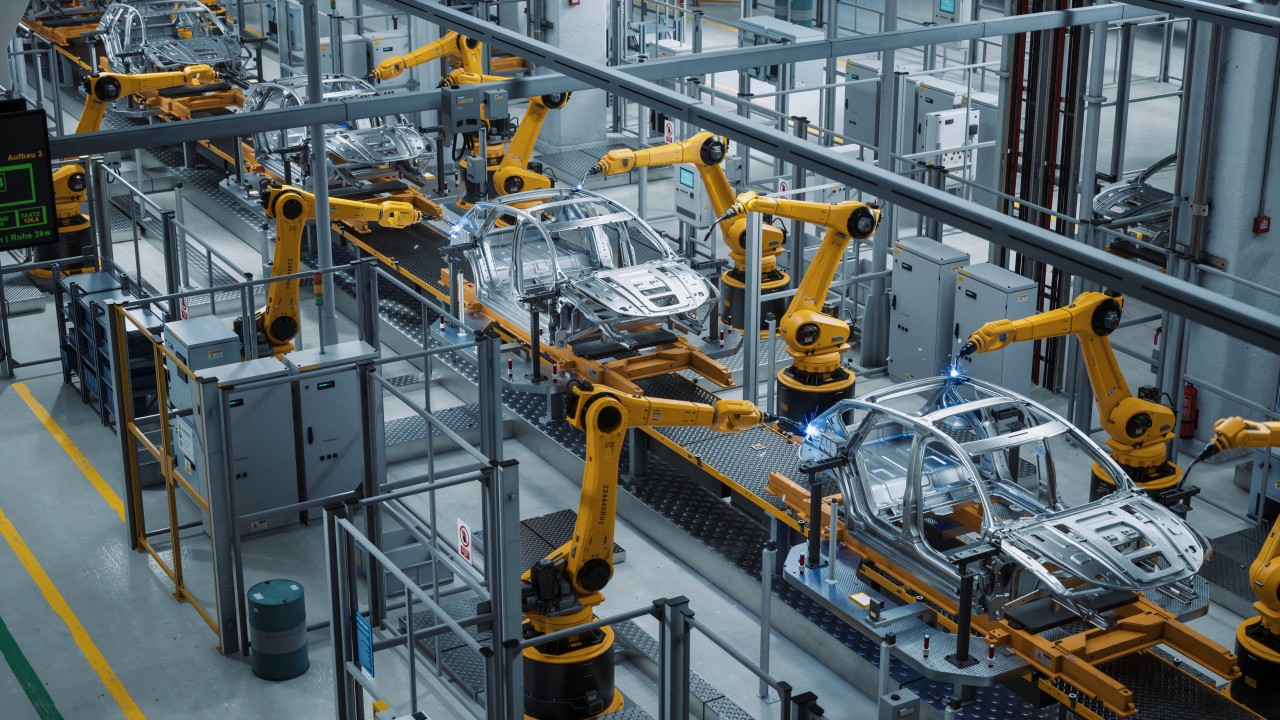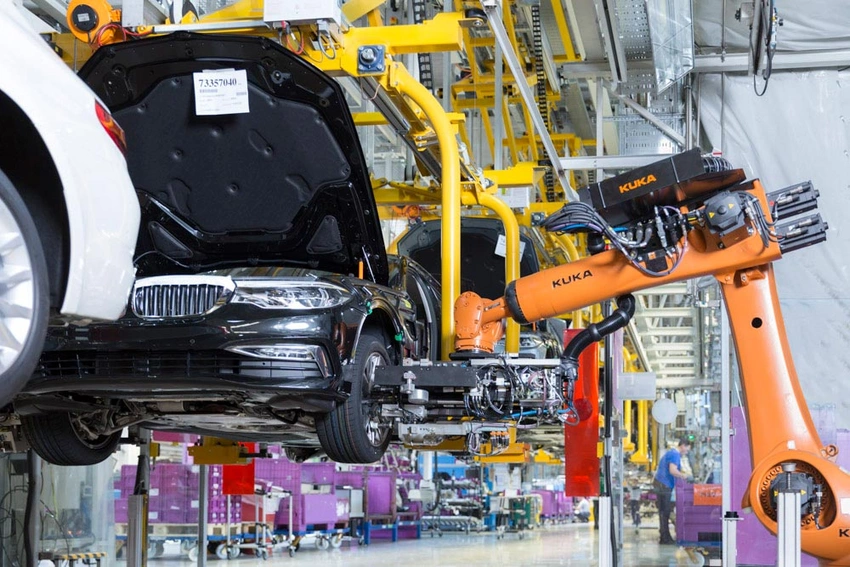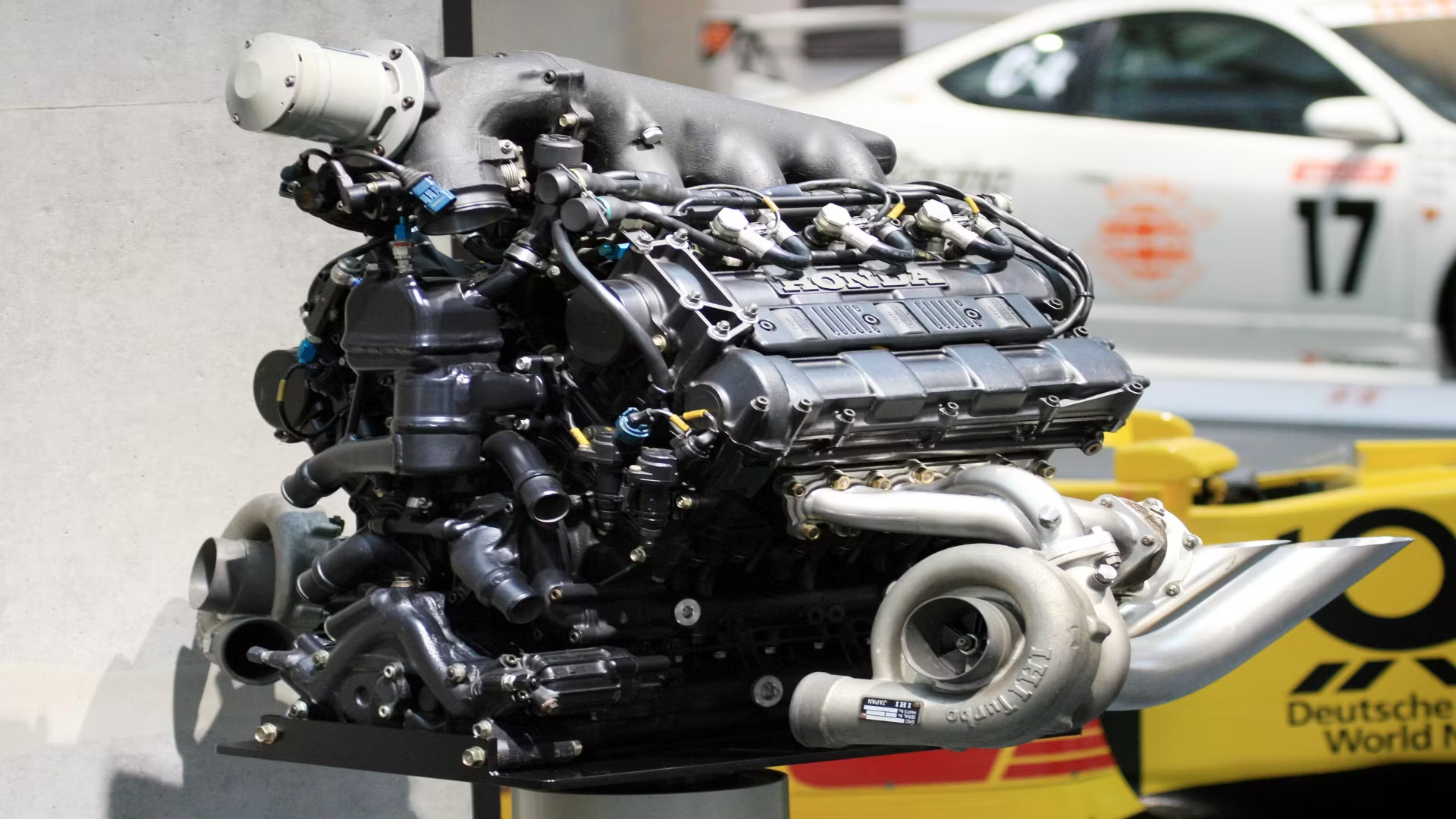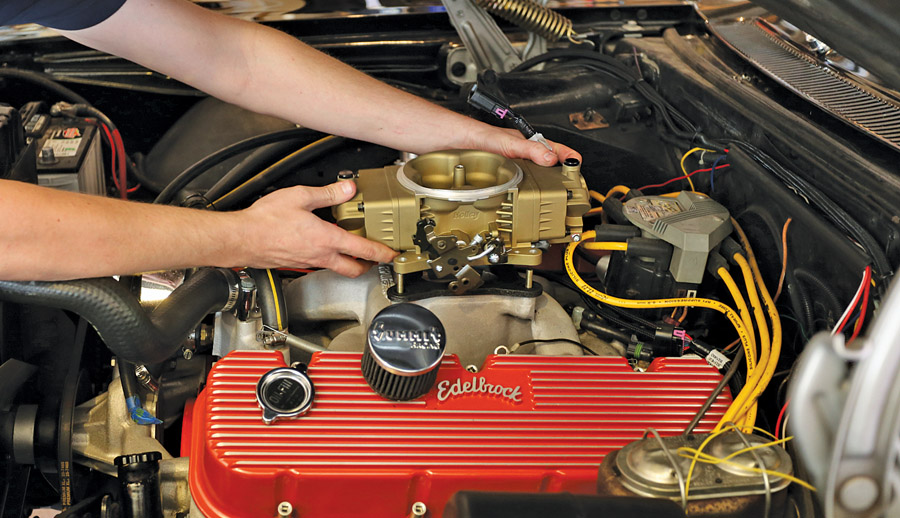An innovation in the field of automotive electric motors: a new regenerative braking system
The continuous development of technology in the automotive industry has led to a series of revolutionary innovations, especially in the field of electric vehicles. One of the latest and most promising innovations involves regenerative braking systems, which could revolutionize the way electric vehicles process and optimize energy.
Not so long ago, the braking system of an electric vehicle was similar to that of a conventional car, and the kinetic energy generated during braking was lost in the form of thermal energy. However, engineers have developed a new energy recovery system that captures and stores the kinetic energy generated when braking and uses it to recharge car batteries.
The system utilizes reversible motor technology, which can either act as an electric motor to provide energy to the vehicle or as a generator to capture energy during braking. When the driver presses the brake pedal, the system detects the strength of the braking and switches the electric motor to power generation mode, converting kinetic energy into electrical energy. This energy is then stored in the car's battery, increasing the vehicle's range and reducing the reliance on external charging.
The implementation of this energy recovery system represents an important step forward in making electric vehicles more efficient and environmentally friendly. In the past, a major obstacle to the mass adoption of electric vehicles was their limited range and the need for frequent charging. However, with the introduction of this technology, electric vehicles can greatly extend the range without increasing the size or capacity of the battery, reducing the weight of the entire vehicle and further improving energy efficiency.
In addition to the advantages in terms of range, the regenerative braking system also has a positive impact on the driving experience and safety. By reducing reliance on conventional braking, this system results in smoother and more even braking, improving comfort and stability while driving. In addition, the ability to recover energy during braking helps to reduce wear and tear on the braking system, extending its service life, thereby reducing the cost of long-term maintenance.
However, despite the many advantages, the large-scale implementation of such a system still presents challenges. For example, reversible motor technology requires complex and precise engineering, which can increase the production cost of the vehicle. In addition, proper infrastructure development is needed to support the charging of electric vehicles, especially given the increased energy demand brought about by brake charging.
Despite these challenges, the regenerative braking system represents an important milestone in the evolution of electric vehicles and could have a significant impact on the entire automotive industry. With further investment in R&D and a continued commitment to innovation, we are likely to see greater adoption of this technology in the coming years, leading to a more sustainable and efficient future for the automotive industry.

